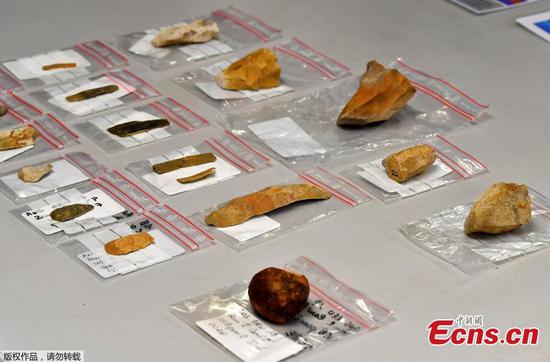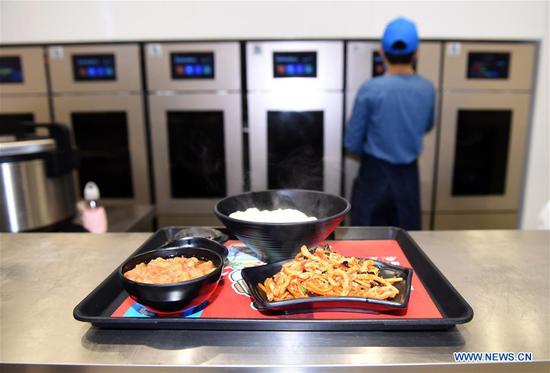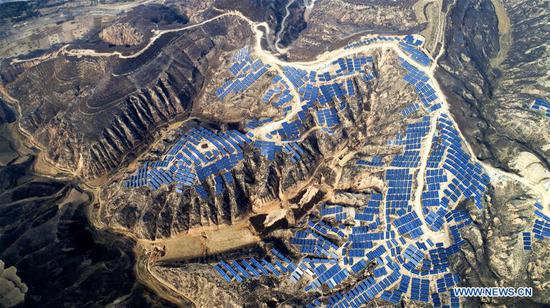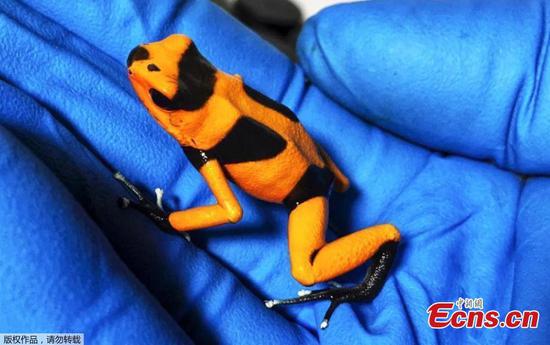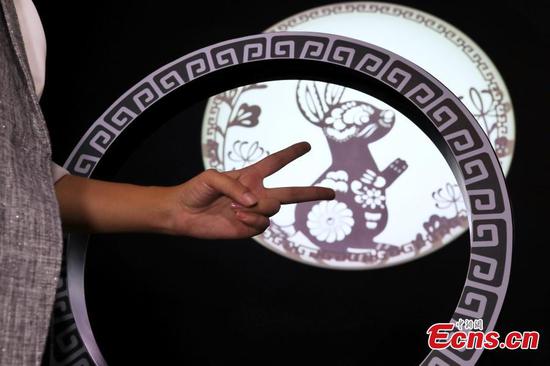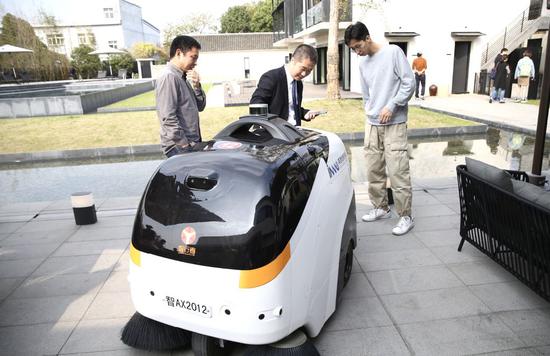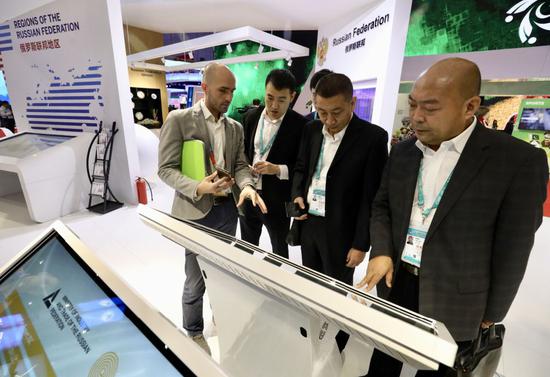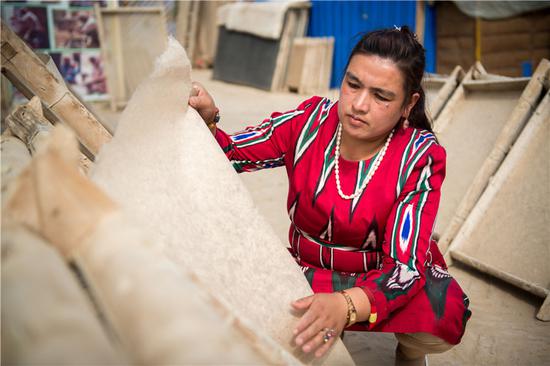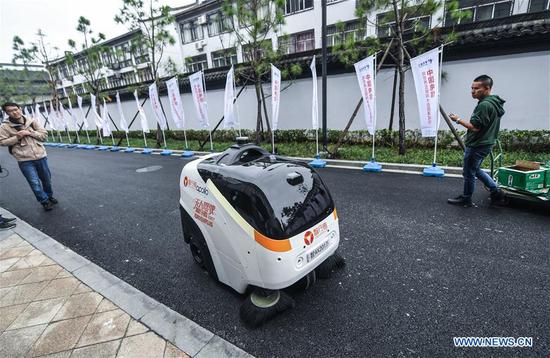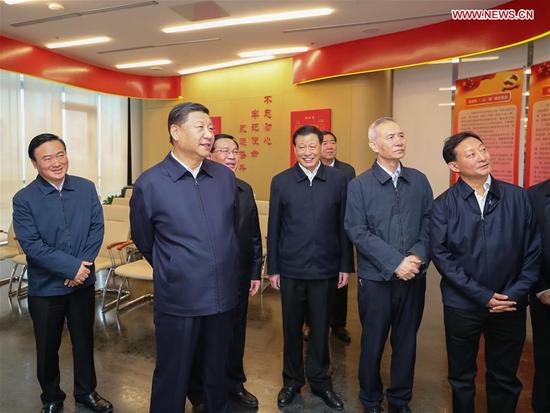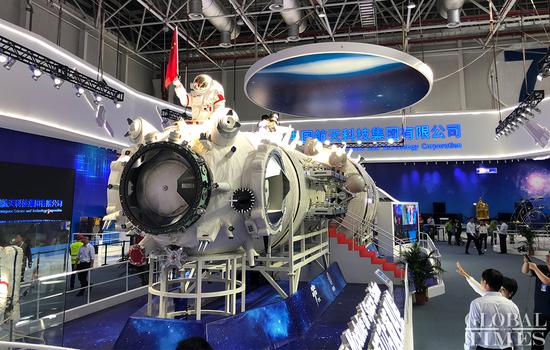American and Chinese scientists developed a single device that can collect heat from the sun and coldness from the outer space simultaneously.
The study published on Thursday in the journal Joule described the device for harvesting solar and space energy that did not compete for land space but help each other more efficiently.
"It is widely recognized that the sun is a perfect heat source nature offers human beings on Earth," said the first author of the study Chen Zhen, a professor at the Southeast University of China. "It is less widely recognized that nature also offers human beings outer space as a perfect heat sink."
Objects give off heat as infrared radiation and most of this radiation is reflected back to Earth, but some of it escapes into space. It allows surfaces that emit enough radiation within the infrared range to drop below the temperature of their surroundings, providing an air conditioning alternative that doesn't emit greenhouse gases.
If you have only one rooftop, to install on it a solar panel or a radiative cooler came into a question. Now, Chen and his colleagues from Stanford University developed a device combining radiative cooling with solar absorption technology.
The device consists of a germanium solar absorber on top of a radiative cooler with silicon nitride, silicon, and aluminum layers enclosed in a vacuum to minimize unwanted heat loss, according to the study.
Both the solar absorber and the atmosphere are transparent in the mid-infrared range of 8 to 13 microns, offering a channel for infrared radiation from the radiative cooler to pass through to outer space, according to the study.
They demonstrated that the combined device could simultaneously provide 24 degrees Celsius in solar heating and 29 degrees Celsius in radiative cooling, with the solar absorber improving the radiative cooler's performance by blocking heat from the sun.
"On a rooftop, we imagine a photovoltaic cell can supply electricity while the radiative cooler can cool down the house on hot summer days," said Chen.
The team is working to bring down the cost used in the infrared-transparent window to commercialize the technology in coming years.









